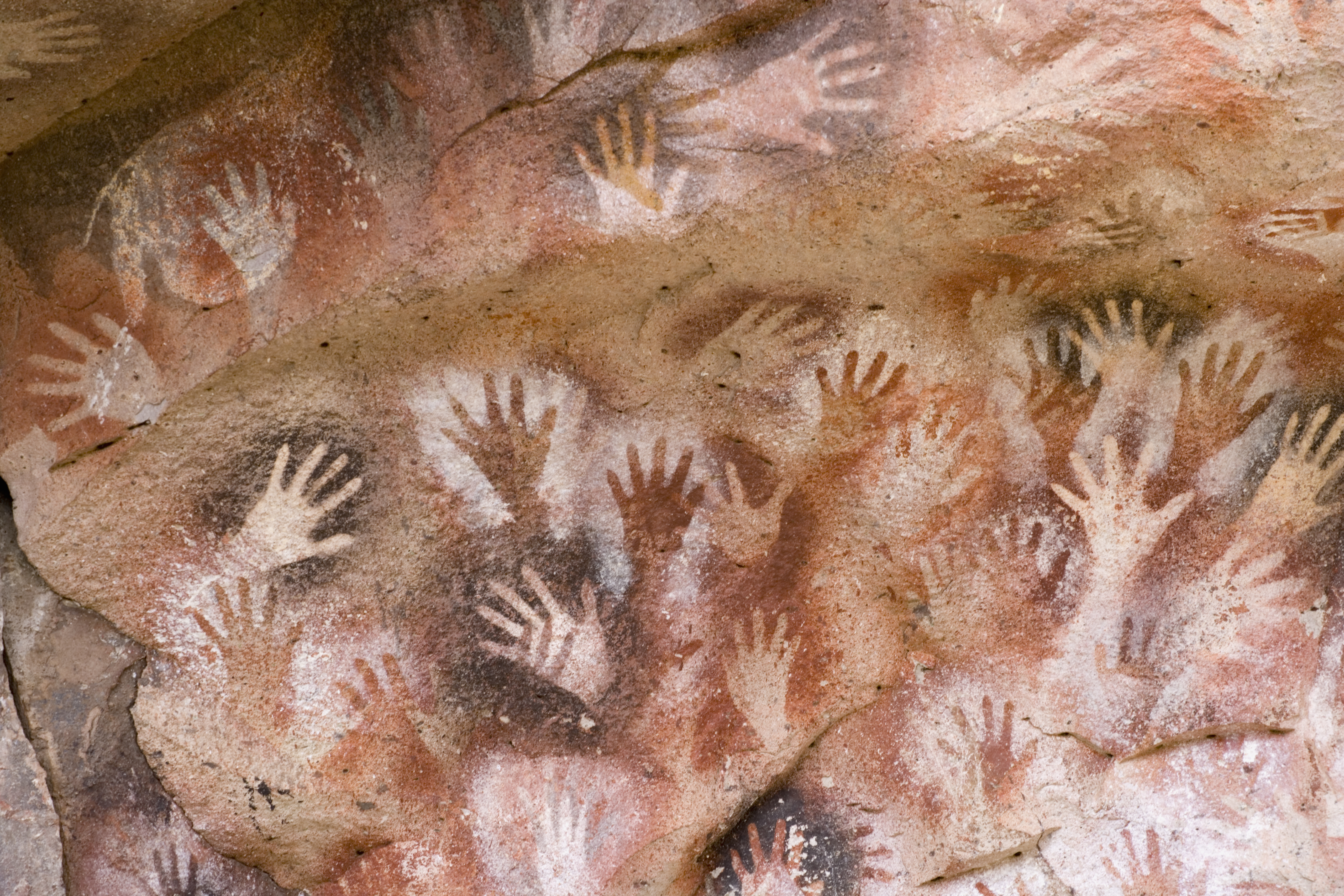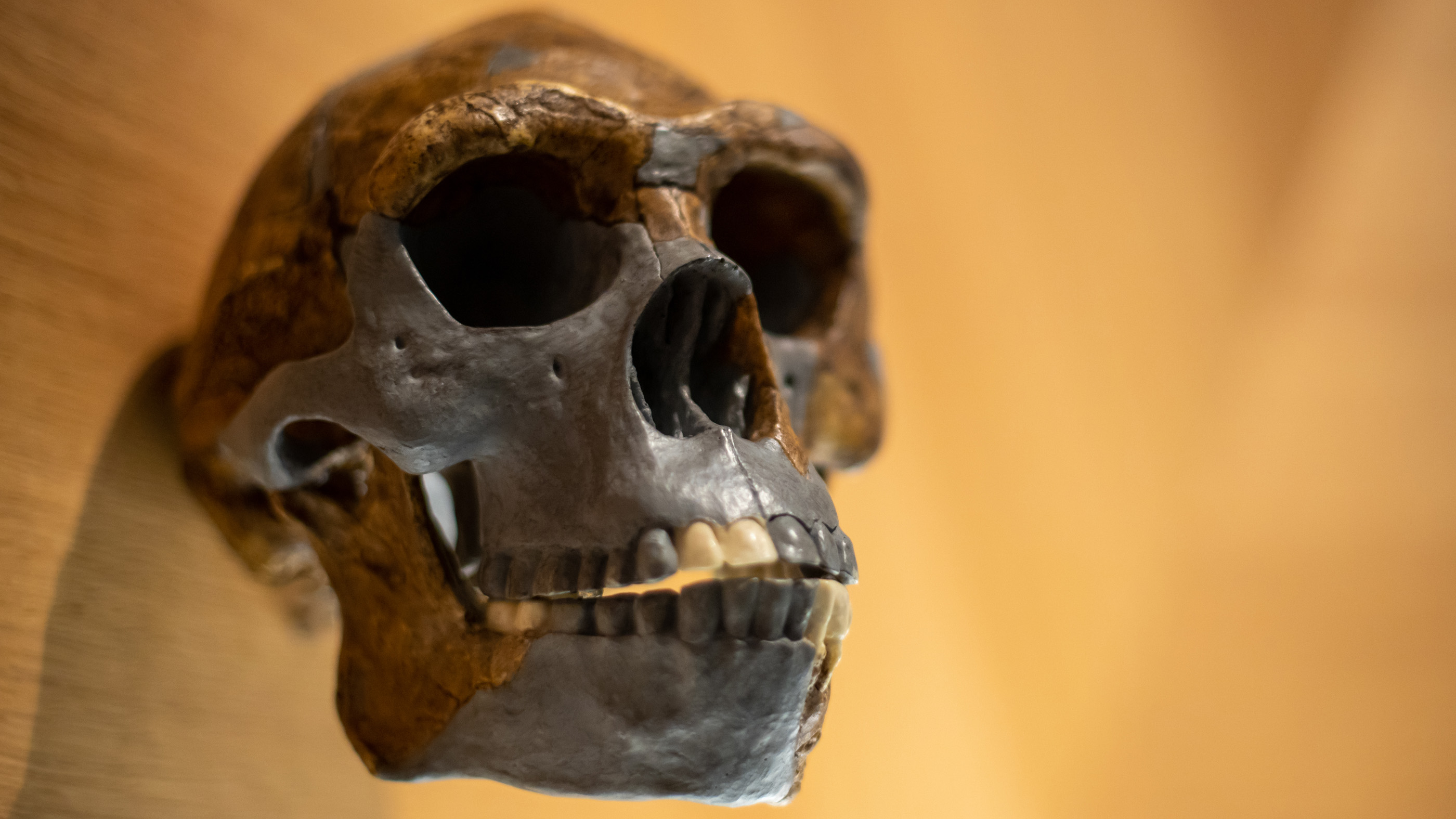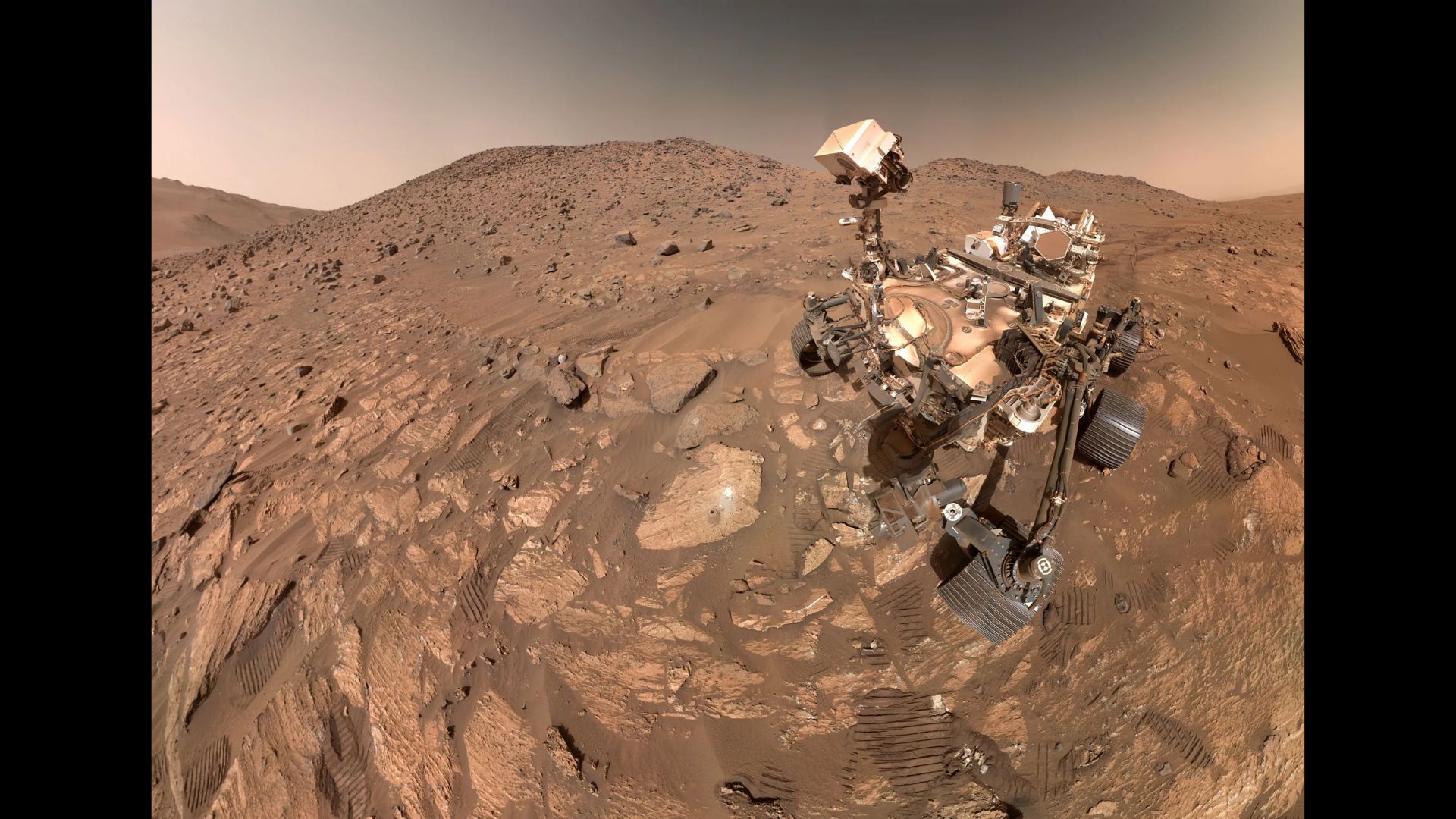What are Homo sapiens?
Modern humans, or Homo sapiens, are the only living Homo species. But we haven't always been alone.

Homo sapiens is a species of highly intelligent primate that includes all living humans, who are often referred to as H. sapiens sapiens. There were once many species in the genus Homo, but all species and subspecies besides modern humans are now extinct. In 1758, Swedish scientist Carl Linnaeus was the first person to give humans the name H. sapiens. According to Encyclopedia Britannica, the term "homo sapiens" is derived from Latin and means "wise man."
Related: How many early human species existed on Earth?
The evolution of modern humans
About 6 million years ago, an ancestor species of humans, chimpanzees and bonobos lived on the continent of Africa. Around that time, one group of those ancestral apes began to differentiate itself and split from the rest, becoming the hominins, Herman Pontzer, an evolutionary anthropologist at Duke University explained in his article for the Nature Education Knowledge Project.
This hominin branch of the evolutionary tree includes modern humans, extinct human species and all our immediate ancestors, including members of the genera Homo, Australopithecus, Paranthropus and Ardipithecus, according to the Australian Museum.
Related: See photos of our closest human ancestor
"Some characteristics that have distinguished hominins from other primates, living and extinct, are their erect posture, bipedal locomotion, larger brains, and behavioral characteristics such as specialized tool use and, in some cases, communication through language," wrote Pontzer. Importantly, these traits are a mixture of physical and behavioral characteristics, which are the two major ways that researchers differentiate H. sapiens from all other species.
After hominins split from the other great apes, it was still a few million years before any Homo species began to emerge. "The earliest populations of the Homo lineage emerged from a still-unknown ancestral species in Africa at some point between approximately 3 and approximately 2 million years ago," William H. Kimbel and Brian Villmoare wrote in a 2016 paper published in the Philosophical Transactions of the Royal Society B.
Get the world’s most fascinating discoveries delivered straight to your inbox.
Related: These 'creativity' genes allowed humans to take over the world
The origins of the Homo genus remain murky. The oldest Homo fossil found so far, reported in the journal Science in 2015, can be dated to about 2.8 million years ago, although scientists are not sure which species it belonged to. The next-oldest fossil, analyzed by researchers in a 2015 paper in the journal Nature, belonged to an individual who lived around 2.3 million years ago and may have been H. habilis. That fossil had stone tools associated with it, suggesting that the individual may have known how to use them.
What are the different Homo species?
In the last 15 years the number of known Homo species has more than doubled from four to nine, according to human evolution expert Chris Stringer of the British Natural History Museum. Now, the genus includes H. neanderthalensis (Neanderthals) and ancient species H. erectus (whose name translates to "upright man"). Scientists described the most recent addition, H. luzonensis, in a paper published in Nature in 2019.
"There's a H. sapiens fossil from Ethiopia that's about 195,000 years old, and it has the basic features of modern humans," Stringer told Live Science. "From 195,000 years onwards, we find fossils we can call H. sapiens reasonably accurately."
Related: 10 things we learned about our human ancestors in 2020
But there is possibly an even older example of H. sapiens: As described in a 2017 paper in Nature, fossilized remains found along with stone tools in a Moroccan cave suggest that "modern" humans may have appeared as early as 315,000 years ago.
There isn't a clear line between humans and our close relatives, and researchers use either anatomy or behavior to separate human remains from the rest. Anatomists argue that H. sapiens can be identified by their skeletons, while some archaeologists say that behavior is what defines modern humans.
The anatomical definition of a human
Scientists do not agree on an exact definition of what constitutes the genus Homo, according to a 2015 review published in Science. That said, most Homo species have "a long, low braincase, and strong continuous brow ridge," as described in a 2019 review published in the Journal of Quaternary Science. However, H. sapiens have distinctive "modern" physical characteristics: a large rounded braincase, lack of a brow-ridge, a chin (even in infancy) and a narrow pelvis compared to other species in the Homo genus.
But early H. sapiens may not have had all the same features that modern H. sapiens do, Stringer said. "Humans like to classify and keep things simple, but nature doesn't recognize our definitions," he said.
The archaeological definition of a human
Some scholars believe that behavior is what sets H. sapiens apart from other Homo species — and all other species in the world, for that matter.
There are a number of behaviors that are categorized as "human." In a 2003 review published in the journal Current Anthropology, researchers listed traits that have historically been used to identify H. sapiens. These included evidence of behaviors such as burial of the dead, ritual art, decorations, worked bone and antler material, blade technology and fishing, among others. However, the authors of that review also pointed out that many of those behaviors are Eurocentric, and may not be applicable to H. sapiens found in other parts of the world.
Related: Oldest deliberate burial of a human in Africa discovered
"The current archaeological approach is to look at the set of skills as well as the behavioral implications," Silje Bentsen, project manager of SapienCE at the University of Bergen in Norway, told Live Science. SapienCE, which stands for the Centre for Early Sapiens Behaviour, aims to "increase our understanding of how and when Homo sapiens evolved into who we are today," according to the group's website.
"There's been a long debate on what to call a modern human, and the debate is still ongoing," Bentsen said. Rather than a checklist of traits, archaeologists are rather looking at what certain traits imply about cognition. For example, engravings or symbols depicting seasons or animal migrations suggest that early humans were intelligent enough to understand those concepts. "It shows planning and advanced cognition," Bentsen explained. "It's a complicated behavior package."
Related: In photos: Neanderthal burials uncovered
However, the behavioral method of distinguishing modern humans is complicated by evidence that other Homo species, such as Neanderthals, have been shown to exhibit similar abilities. These stocky cave-dwellers used tools, buried their dead and controlled fire — activities once thought of as distinctly human. Indeed, Stringer dismisses behavior as a way to differentiate species. "Behavior is not a valid way of defining a species," he said. "Behavior is shared much more easily than anatomy."
Are humans a distinct species?
One definition of a species is: "Groups of interbreeding natural populations that are reproductively isolated from other such groups," according to Encyclopedia Britannica. However, that definition may not apply for Homo species, as recent research describes evidence of interbreeding between Neanderthals, H. sapiens and H. denisovans (a hominin species discovered in Denisova Cave in Russia). For example, a 2018 paper published in the journal Nature reported evidence of multiple episodes of interbreeding between Neanderthals and H. sapiens. Another 2018 paper, also in Nature, described evidence of an ancient human hybrid, who had both Neanderthal and Denisovan DNA.
Related: Mystery ancestor mated with ancient humans. And its 'nested' DNA was just found.
This has led some scholars to argue that many Homo species, including ours, should be lumped together, Stringer said. In this paradigm, modern humans are H. sapiens sapiens, while Neanderthals are H. sapiens neanderthalensis and Denisovans are H. sapiens denisovans.
Stringer, however, maintains that humans and Neanderthals are separate species because their bone structure is different. "If Neanderthals and H. sapiens remained separate long enough to evolve such distinctive skull shapes, pelvises, and ear bones, they can be regarded as different species, interbreeding or not," he wrote in an article for the The Natural History Museum in London.
Additional resources
- This video from The Natural History Museum in London shows what Neanderthals may have looked like.
- Here's how scientists reconstructed the face of a Denisovan using DNA, reported by The Smithsonian.
- For more great reading on this topic, we recommend "Sapiens: A Brief History of Humankind" (Harper, 2015) by Yuval Noah Harari.

Sarah Wild is a British-South African freelance science journalist. She has written about particle physics, cosmology and everything in between. She studied physics, electronics and English literature at Rhodes University, South Africa, and later read for an MSc Medicine in bioethics.
Since she started perpetrating journalism for a living, she's written books, won awards, and run national science desks. Her work has appeared in Nature, Science, Scientific American, and The Observer, among others. In 2017 she won a gold AAAS Kavli for her reporting on forensics in South Africa.



